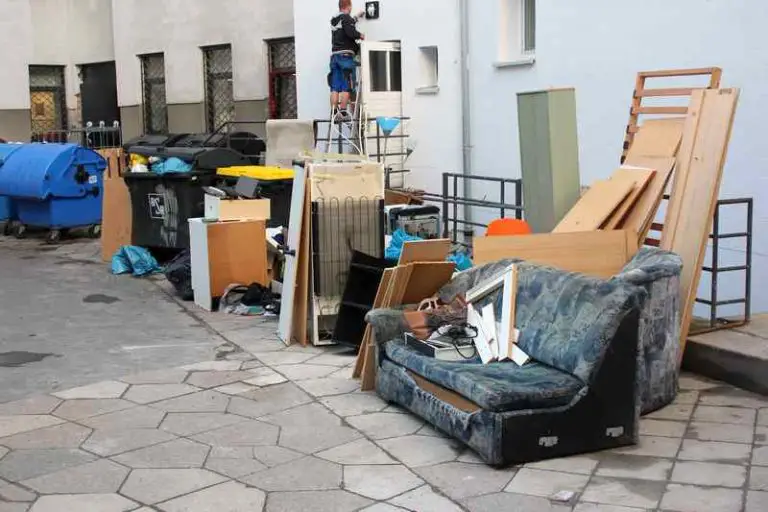So, who Wohnungsauflösung Berlin privat their house with vinegar? Thought so. Vinegar’s a great grease remover but it doesn’t scour and, even if disguised with essential oil, that smell does linger. Bicarbonate of Soda is a brilliant mildly abrasive cleaner, deodoriser and stain remover. But it can permanently bleach colours, and those little tubs of baking soda you get at the supermarket don’t go very far do they? Lemons smell wonderful but aren’t exactly cheap or practical.
The good news is, as far as day-to-day cleaning goes, you can forget them all. They have plenty of uses, but the only thing you need for speedy, efficient cleaning around the home is a cloth and water. The microfiber cloth is the most life-changing, chore-reducing product to appear in the home since the dishwasher. Whether it’s the money, health, water and planet-saving or the drudge time-saving aspect that’s so amazing about these cloths is a difficult call.
Micro technology. Unlike a normal cloth which pushes the dirt around and leaves a chemical residue, the hundreds of thousands of tiny micro-hooks lift off and absorb grease, viruses, germs, and grime all by themselves. The cloth cleans all hard surfaces, including thick grease and is ideal for the kitchen and bathroom.
If you want a visible test, start by cleaning a window or a mirror. Fold and spritz a dry cloth or the surface very lightly with a spray bottle of water and wipe across the glass. That’s it. Clean, sparkling and smear-free. You’ll find you can clean a whole wall of windows, inside and out, in minutes with a better, healthier result. If you’re using the standard E-cloth rather than the (thinner, finer) Glass and Window Cloth, shake out the cloth before use to ensure no grit from a previous clean has been trapped in the fibres.
Microfibre cleaning technology was first adopted in Scandinavia, particularly in Norway, during the 1990s to fight hospital superbugs. Using just water, good quality microfiber cloths remove over 99% of bacteria, including E coli, along with dirt and grease, from domestic surfaces. Because the cloths don’t leave any residue on the cleaned surface, there’s nothing left behind to encourage the development of bacteria.
Today this cleaning system is widely used throughout Scandinavia – in hospitals, schools and businesses as well as in homes and the word is spreading. Scotland’s new high-tech hospital, the Forth Valley Royal, has installed microfibre cleaning robots in its operating theatres, and they’re working – MRSA stats are down. The UK’s National Health Service are increasingly introducing microfibre cleaning systems across the UK.
I resent time spent on housework as much as the next person and, for me, I think this might be the most impressive saving of all. I use microfiber cloths to clean kitchen surfaces, the hob, the fridge door, walls, tiles, doors, handles, baths, sinks, taps, shower screens, mirrors, windows, furniture (wooden and upholstered), skirting boards, shelves and floors. I also use them to:


